Now for my review of the final public course on the Michigan Mike DeVries golf trail, Greywalls. Greywalls is certainly the premier course of the four. It’s ranked as one of the top courses overall in the state and is perennially on all of the magazine lists of the top 100 public courses in the country (and appears to be moving up those lists lately). There’s no doubt that Greywalls is deserving of these accolades.
The major question with Greywalls appears to be (1) ‘just how good is it? With respect to other courses in the state of Michigan, there are two related questions: (2) is it the best public course in the state? (3) is it better than the one private member of the DeVries golf trail, the Kingsley Club (just outside of Traverse City)? I’ll give my answers to these questions and then use the rest of this review to explain my reasoning: (1) excellent, certainly deserving of its high rankings in the state and on the top 100 public lists; (2) for me, not quite; (3) again, for me, not quite.
Although I think that Greywalls is an excellent course and easily one of the top 3 public courses in the state, I have some serious reservations about a few of the holes. Like at the Kingsley Club, there are a few holes that go a bit too far and on both courses, it’s issues with several of the greens. Many of the greens are convex, meaning that they slope away at their edges, often down short grass-covered hills into collection areas.
The course most famous for this feature is Pinehurst no.2. While this style of greens has become much more popular in recent years with the ‘New Golden Age of Golf Course Architecture,’ no course that I’ve seen that employs this feature has gotten the balance right the way that Pinehurst no.2 does. Pinehurst no.2 works so well because most areas around the greens are only built up a few feet, so the ball doesn’t run away that far and the subsequent pitch/putt isn’t so nerve wracking. There are a few severe run-offs around the greens at no.2, but there is always a fairly large place to miss that leaves a straightforward shot. But some of the convex greens at Greywalls (like 1, 13, and 14) don’t leave much room to miss and the shots from around them are very hit-and-hope, leading to more green-complex-induced Xs than I think any other course that I’ve seen.
But not all the greens are like this. Most of them aren’t. Several (5, 6, 9) are sited in (natural?) granite bowls. Almost all of them have very interesting surface contours. The green surface contours are one of the real highlights—certainly one of the best sets of green surfaces in the state. And of course, it’s visually stunning and unique, with the namesake granite walls coming into play several times on the front nine. The wild contours of the property are used beautifully throughout. So for me, it’s a great course, but one with a lot of highs and some lows—at bit like the (in)famous Tobacco Road North Carolina…although there aren’t nearly as many lows on Greywalls.
Unfortunately, we start with a low on the first hole. But not until we get to the green. From a high point overlooking Marquette and Lake Superior, the first tee is one of the most beautiful in the state. And from tee to green, the hole is excellent. The tee shot is downhill to a wide fairway and while it tightens on the second shot, there’s still ample room to lay-up.
The major question with Greywalls appears to be (1) ‘just how good is it? With respect to other courses in the state of Michigan, there are two related questions: (2) is it the best public course in the state? (3) is it better than the one private member of the DeVries golf trail, the Kingsley Club (just outside of Traverse City)? I’ll give my answers to these questions and then use the rest of this review to explain my reasoning: (1) excellent, certainly deserving of its high rankings in the state and on the top 100 public lists; (2) for me, not quite; (3) again, for me, not quite.
Although I think that Greywalls is an excellent course and easily one of the top 3 public courses in the state, I have some serious reservations about a few of the holes. Like at the Kingsley Club, there are a few holes that go a bit too far and on both courses, it’s issues with several of the greens. Many of the greens are convex, meaning that they slope away at their edges, often down short grass-covered hills into collection areas.
The course most famous for this feature is Pinehurst no.2. While this style of greens has become much more popular in recent years with the ‘New Golden Age of Golf Course Architecture,’ no course that I’ve seen that employs this feature has gotten the balance right the way that Pinehurst no.2 does. Pinehurst no.2 works so well because most areas around the greens are only built up a few feet, so the ball doesn’t run away that far and the subsequent pitch/putt isn’t so nerve wracking. There are a few severe run-offs around the greens at no.2, but there is always a fairly large place to miss that leaves a straightforward shot. But some of the convex greens at Greywalls (like 1, 13, and 14) don’t leave much room to miss and the shots from around them are very hit-and-hope, leading to more green-complex-induced Xs than I think any other course that I’ve seen.
But not all the greens are like this. Most of them aren’t. Several (5, 6, 9) are sited in (natural?) granite bowls. Almost all of them have very interesting surface contours. The green surface contours are one of the real highlights—certainly one of the best sets of green surfaces in the state. And of course, it’s visually stunning and unique, with the namesake granite walls coming into play several times on the front nine. The wild contours of the property are used beautifully throughout. So for me, it’s a great course, but one with a lot of highs and some lows—at bit like the (in)famous Tobacco Road North Carolina…although there aren’t nearly as many lows on Greywalls.
Unfortunately, we start with a low on the first hole. But not until we get to the green. From a high point overlooking Marquette and Lake Superior, the first tee is one of the most beautiful in the state. And from tee to green, the hole is excellent. The tee shot is downhill to a wide fairway and while it tightens on the second shot, there’s still ample room to lay-up.
But the green is perhaps the most unfortunate thing on a Michigan golf course. If you miss short, left, or right, it rolls at least 30 feet down an at least 10 foot high hill of short grass. So you’re left with that 10 foot uphill shot and if you’ve missed left or right, the green is shallow. This makes for a shot that’s probably not as hard as it looks, but it looks so hard that you’ll probably screw up your chip, which is what most people I’ve played with have done here. The back-and-forth-X-on-the-first-hole is probably less likely if you miss short because then you have the length of the green to play to (if the ball doesn’t come back to your feet).
When I played here for the first time about 10 years ago, I determined that long (toward the second tee) is the best miss. I got to test that theory this time (August 2020) because that’s where I hit my third shot. And yes, it’s a much less intimidating shot because it doesn’t look like you’ll go back-and-forth, but it’s still very hard because the green runs away from you. And because of that, you could still knock it off the other side if you aren’t careful...and still get a back-and-forth X.
The second tee shot is characteristic of Greywalls—a wide, tumbling fairway. Here, you want to be up the left side for a better look at the wide, but shallow green. There’s a good amount of room to run your ball up the left side and onto the green but if you’ve hit a good tee shot, you’ll probably go straight at the pin (and you’d better be on with the distance). The green has a pretty severe tier running from front-to-back in the middle, with a high, left side and lower, larger right side.
The medium-length par 3 third isn’t severe at all—which is nice after the first two holes. That brings us to the fourth, which is my favorite hole at Greywalls. Here we have a very wide fairway split by a granite ledge. The high left side is the preferred angle and shortens the distance to the green. But to pull this off, you have to hit a long, straight drive to the top of the hill. If you don’t get it far enough, you have a blind second shot. If you miss it right, it just rolls down to the lower part of the fairway (if it doesn’t get stuck in the rocks). I like that if you go for the alpha drive to the left and don’t pull it off, you’ll get to hit the next one from fairway, just from a much less advantaged (blind, awkward lie) spot. Usually on these kind of strategic, multi-option tee shots if you don’t pull it off, you’re in a bunker, a pond, or in some junk where you’re more likely to get lyme disease than find your ball.
The next three holes are the most distinctive at Greywalls. The short par 4 fifth has one of the most difficult, uphill tee shots that I’ve seen, through a saddle of granite on one side and trees on the other. But this shot is easier than it looks; if you hit it at least 200 yards from the back tees, it opens up and you have a good view of the green at the base of a huge granite wall.
The sixth is the par 3 that they usually put on the promotional material for the course. The green is in a large granite bowl with a granite wall about 50 yards short. It’s a big, undulating green, one which you don’t want to miss short because it’ll roll about 20 yards down a hill or right, because your shot to the back of the green will be blocked by part of the granite bowl and your next one will probably go 20 yards down the hill in the front. But it’s a pretty big target and overall, a reasonable challenge.
The seventh is gorgeous and a lot of fun. If you’re a long hitter or move up to a reasonable set of tees, hitting a straight ball will result in going over a granite ledge and getting another 50-100 yards of roll. You can also go left of the ridge, but you’ll have a blind shot and won’t get the fairway roll (or just lose the ball in the woods). The second shot is downhill to a beautiful, very undulating large green. If you miss left, the ball runs away 25 yards into an impossible shot, but the green is plenty big and there’s ample room to miss short.
I’m not a big fan of the eighth, which has a very narrow, severe right-to-left sloping fairway and a very narrow green with a steep drop-off in the front and on the sides into bunkers. The ninth hole is beautiful and very good. The major feature here is a bunker about 260 out from the back tee that cuts across most of the fairway. Very long hitters can clear it and leave a short second. The rest of us can either lay-up and have a blind second shot or go to the right and have an awkward angle to the right-to-left sloping green. I think I’d like this hole a bit more if the bunker were about half the side and you could skirt a straight drive past it. Currently, there isn’t much room to run the ball around it on the right because the long grass cuts into the fairway. It’s still a very good hole but I think that this is another example where the challenge is turned up a little bit more than it needed to be.
The back nine is very different in character. It has fewer granite outcroppings and more bunkers. The short par 4 tenth is a bit more in character with the front, although on much flatter land. Here, the primary challenge is that the large, undulating green angles front-left to back-right along a grass-covered granite outcropping, which sets up a tough, blind shot if you’re in the right half of the very wide fairway. It’s still very playable from over there (one of my playing partners hit it to 3 feet from the far right edge of the fairway), but it’s a much easier approach if you stay left of the boulder in the middle of the fairway.
The eleventh is noticeably different from the rest of the course. It has seemingly half of the course’s bunkers. After 4 playings, I’m still not sure where the best place to hit the tee ball is, but the key here is to understand the size and shape of the green. It’s very large and angled front-right to back-left. If you err a bit right and short, you should be ok. In the photo below, the green is just left of the furthest bunker in the center.
The twelfth is a very long par 4 with a very wide fairway that you’ll need because you need to drive the ball as far as you can. The green is benched into a hill and there’s a bunker in the middle of the fairway just short of it. There isn’t enough room to run the ball around it to the right, so you have to have a short enough shot that you can either carry and stop it on the green, or carry the bunker and not have it run too hot. I’d prefer it if there were a bit more room right to use the slope of the fairway to run the ball on the green, but a very hard hole like this is fine when the misses don’t all leave severe shots (which most on this hole don’t).
The first two shots on the long par 5 thirteenth are pretty standard for a championship-style course—wide open fairway for the tee shot, but a bunker on the left for long hitters and staggered bunkers in the lay-up zone, first right, then left. But even if you hit two good shots and leave yourself 120 yards (it’s a long par 5), you’re shooting to a convex green almost completely covered by bunkers to covering the front right and left (small opening in the front left). It’s a deep green and the smart thing to do, wherever the pin is, is to play to the middle. But thanks to the front bunkers, it doesn’t look like there’s a lot of room up there, so it’s an intimidating shot. Going over is dead. If I could tweak this hole, I’d remove the left-most of the front right bunkers to enable players to play a safe shot to the front with lower risk of a bunker back-and-forth disaster.
Tee to green, the long par 4 fourteenth hole is beautiful. There’s a ravine left and a small grove of trees right, but there’s ample room even for someone who sprays the ball. The green site is also lovely; it’s situated in a nice bowl with the aforementioned ravine short and left, sloping gradually higher to the right toward the thirteenth fairway. It looks a lot like the wonderful ravine holes at DeVries’ Diamond Springs.
But I have some real problems with the green. Like the first green, it’s almost completely built up from its surroundings. It angles from short-right to the line of play to back-left. But the only really safe miss here is a small window short of the green. Any other miss around this green, which isn’t particularly large, leaves the player looking several feet uphill to a green which is shallow and convex. Again, it feels like a Pinehurst no.2 green, but cranked up too much. Sure you can miss short right, but this works better in theory than in practice because the area just short of the green from which you’d have a reasonable chip is only 20 or 30 feet wide. It’s just too small to be a safe zone. Given that the green sits in a big bowl, this would have been a nice opportunity to have a big, undulating, concave green, maybe with some bunkers along the ravine (Tom Fazio would have loved this green site). Given the length and difficulty of the rest of the hole, this would have been a fitting conclusion.
I really like the closing four holes. Fifteen is an excellent long par 3; about 240 from the back tee but you can roll the ball through short grass onto the high left, low right two tiered green if you carry your tee ball 200 yards. The sixteenth is a reverse camber fairway doglegging right. It’s really important to shape the ball left to right here. The approach to the green is uphill and the green has a bit of a trough running through the center from back to front. Although there’s an opportunity to lose the ball right off the tee into the rocks and junk, it’s a pretty reasonable challenge--just be conservative with your drive.
The seventeenth is a short par 3 with a wild green. Although it looks like you really don’t want to hit in in the bunkers short, what you really don’t want to do is go over the green into another of the roided-up Pinehurst collection areas. But again, it’s a reasonable challenge, this time because the green is so large.
The eighteenth is a beautiful downhill par 5 with a concave fairway. If you’re a good player and you hit a decent drive, you should easily be able to reach the green in two. The second shot is actually a bit anti-climatic; the hole opens up into a wide flat plane and the (huge) green just sits there without much defense. Not surprisingly there is some defense—the green is crowned with a lot of little contours everywhere. Unless you’re near the hole, it’s a tough two putt.
So this critical review might give the impression that I didn’t like the course. This isn’t true. I think that it’s an excellent course with some of the best and most interesting holes in the state of Michigan. It’s easily one of the three best public courses in the state and even though I wouldn’t have it as #1, it’s not a stretch at all to argue that it is. Most of the holes are very playable and almost every hole will reward you for thinking your way around it. Moreover, there’s great variety of challenges. Sometimes it’s important to place your drive. Sometimes you need to bomb away to try to shorten the approach. Often there are slopes that you can use to feed the ball toward the landing area/green. But just as often, slopes will take you in the wrong direction. Course knowledge is important here, but it’s always very difficult.
The reason I’ve been so tough here it is that with a few tweaks, it’d be indisputably the best public course in the state. It would have been easy to build an awful (but still spectacular) course here, but so much of what Mike DeVries is so bold and so good that he raises your expectations about how it all should be. For my liking, as at Kingsley, there are a few too many moments that are unnecessarily difficult (my playing partners in my first round of this trip would agree; this course can bring a single-digit handicap to their knees) and these hold it back a bit. But it’s still worth the drive up from Detroit or Chicago every once in awhile because there’s nothing like it.
The reason I’ve been so tough here it is that with a few tweaks, it’d be indisputably the best public course in the state. It would have been easy to build an awful (but still spectacular) course here, but so much of what Mike DeVries is so bold and so good that he raises your expectations about how it all should be. For my liking, as at Kingsley, there are a few too many moments that are unnecessarily difficult (my playing partners in my first round of this trip would agree; this course can bring a single-digit handicap to their knees) and these hold it back a bit. But it’s still worth the drive up from Detroit or Chicago every once in awhile because there’s nothing like it.
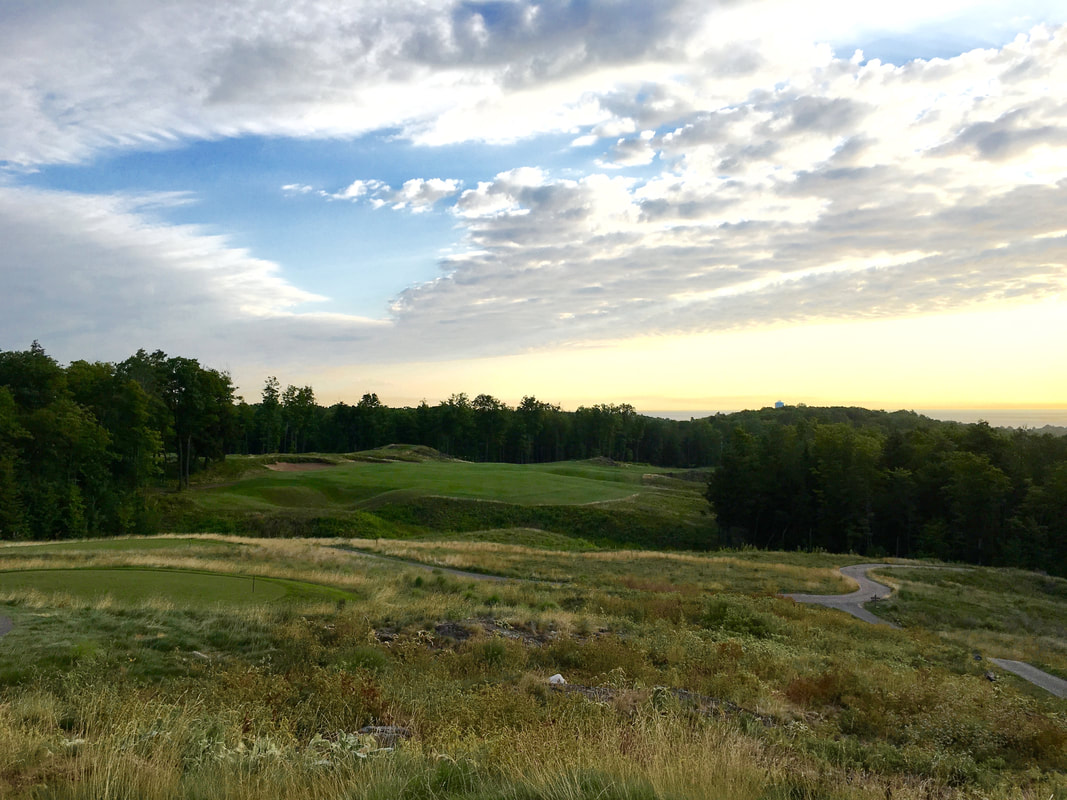
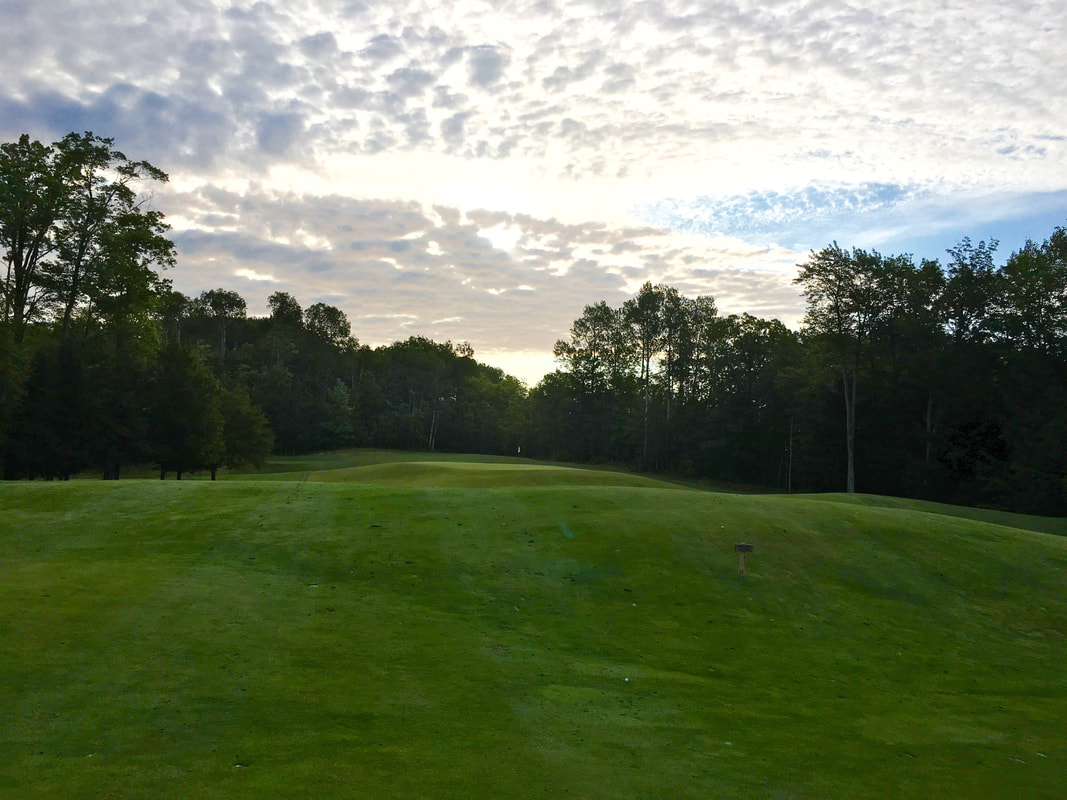
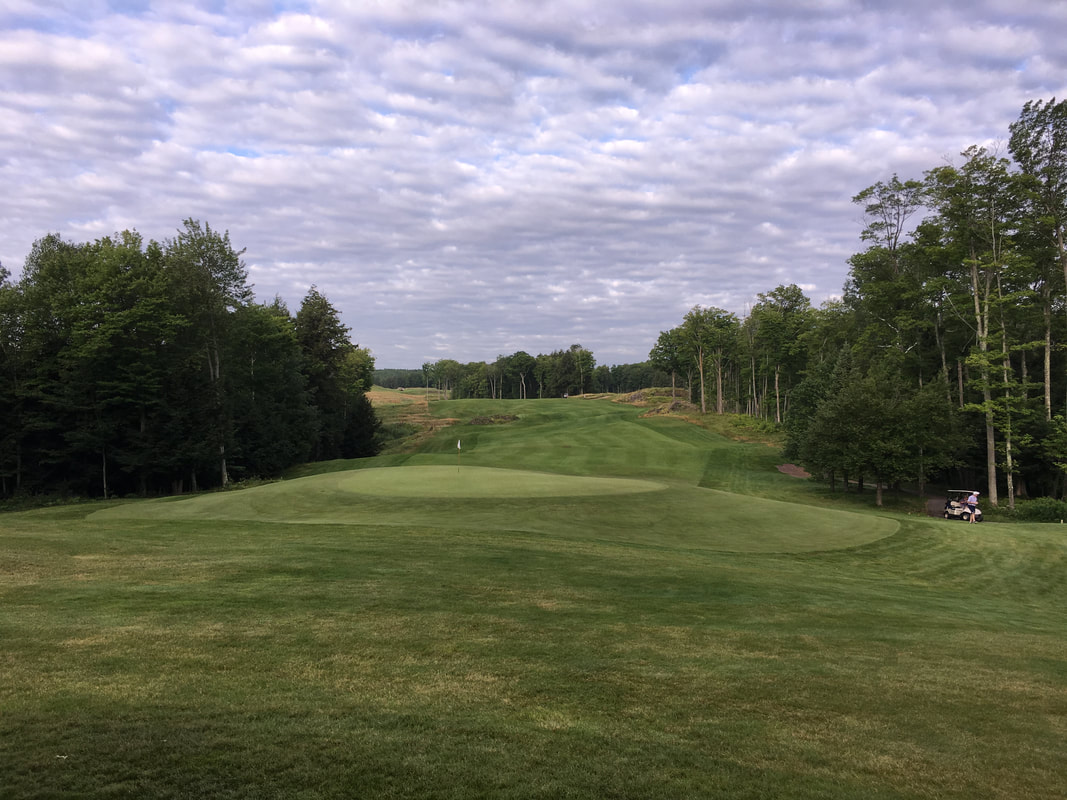
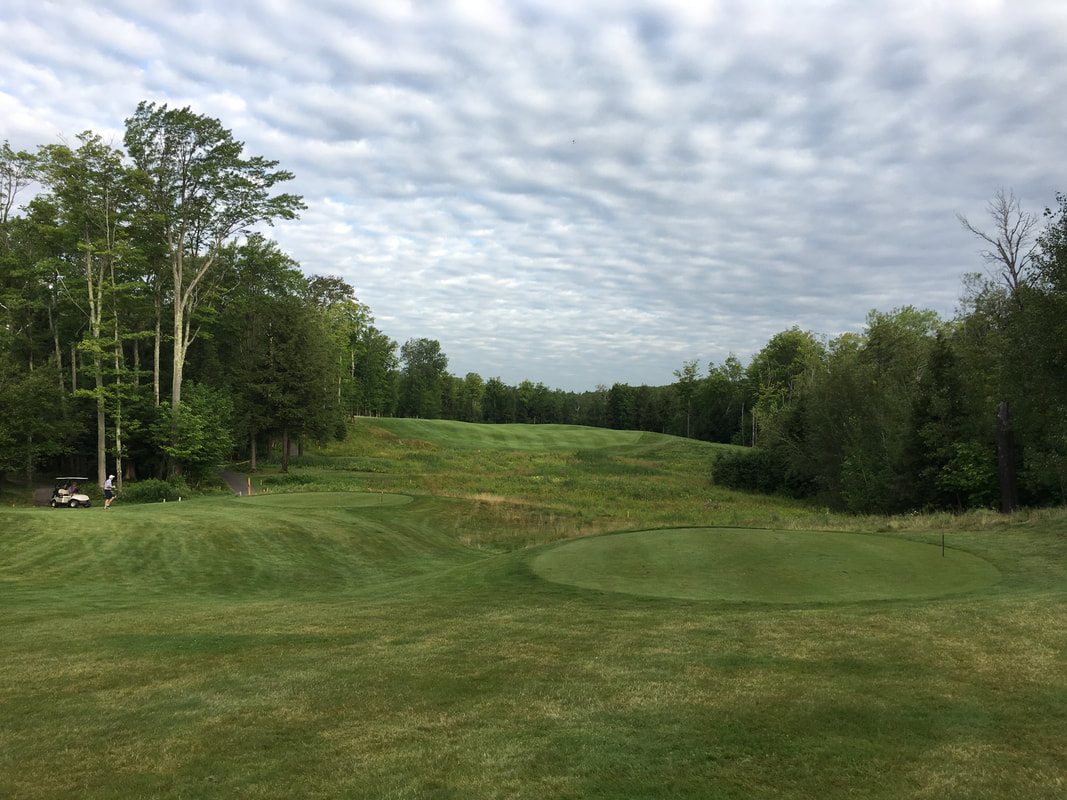
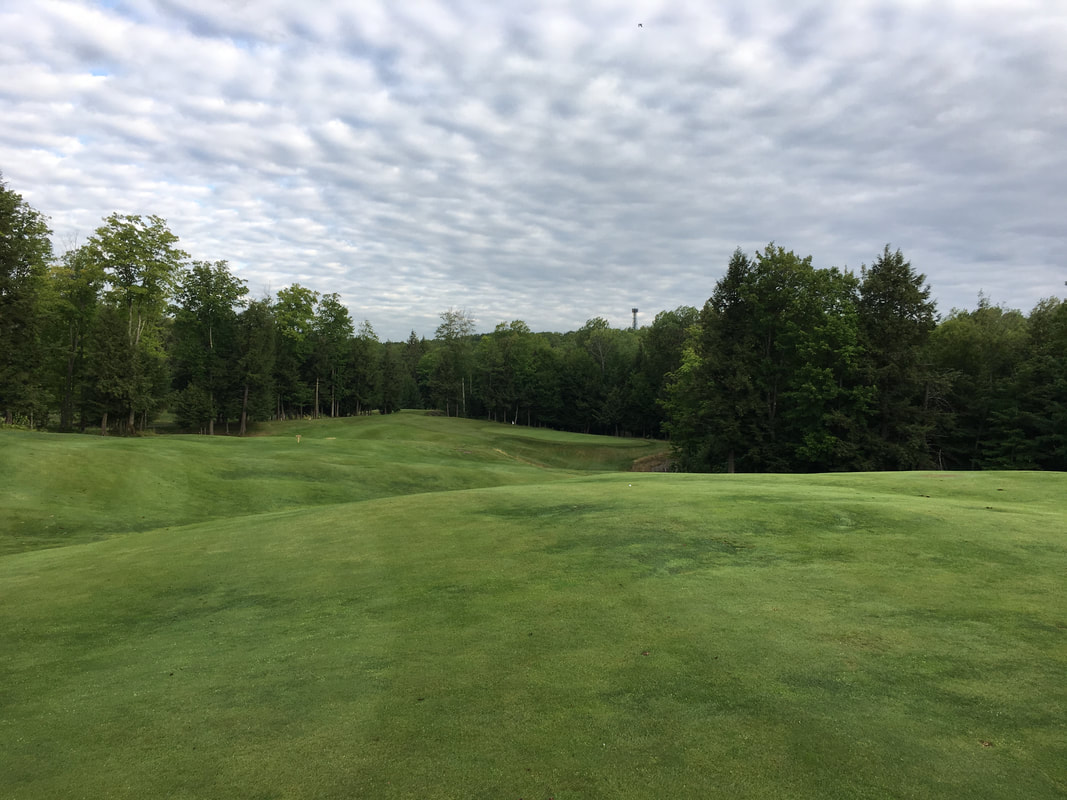
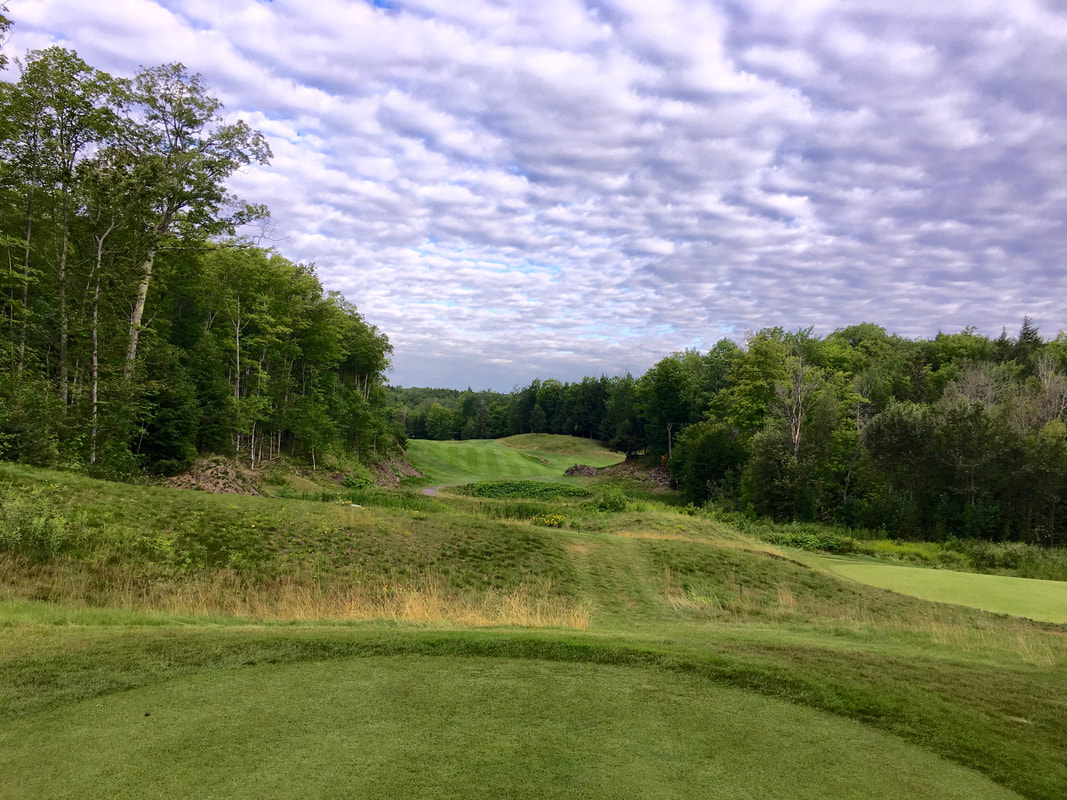
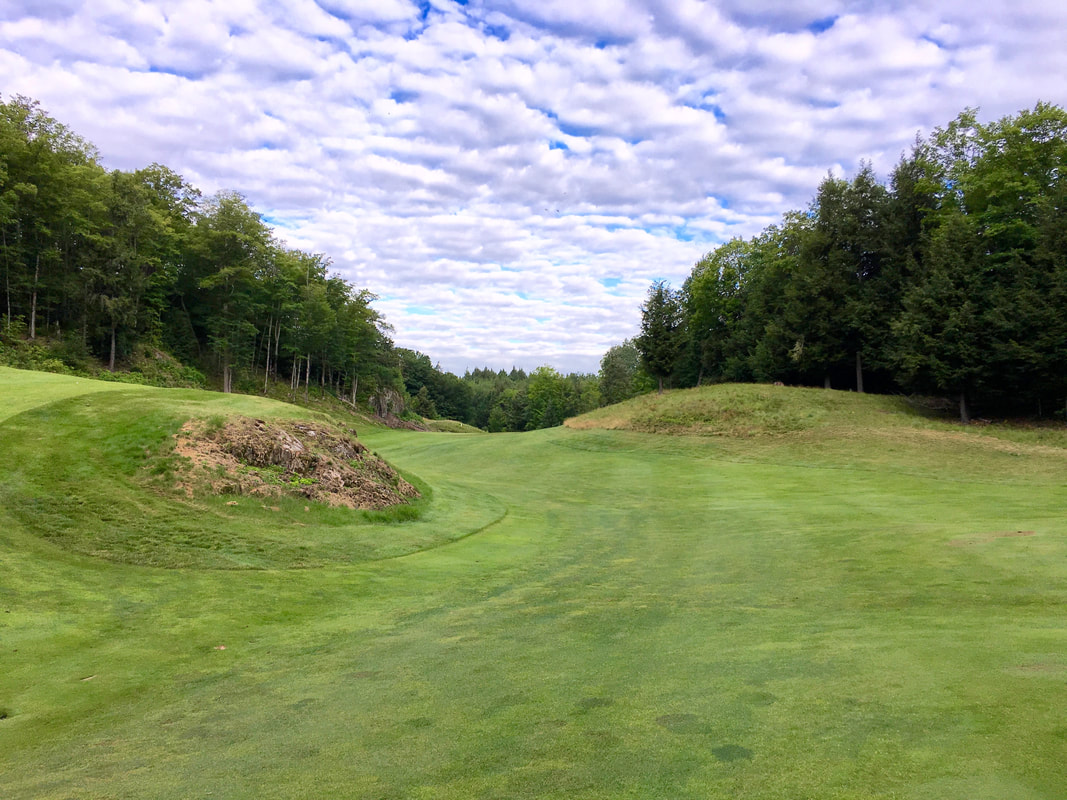
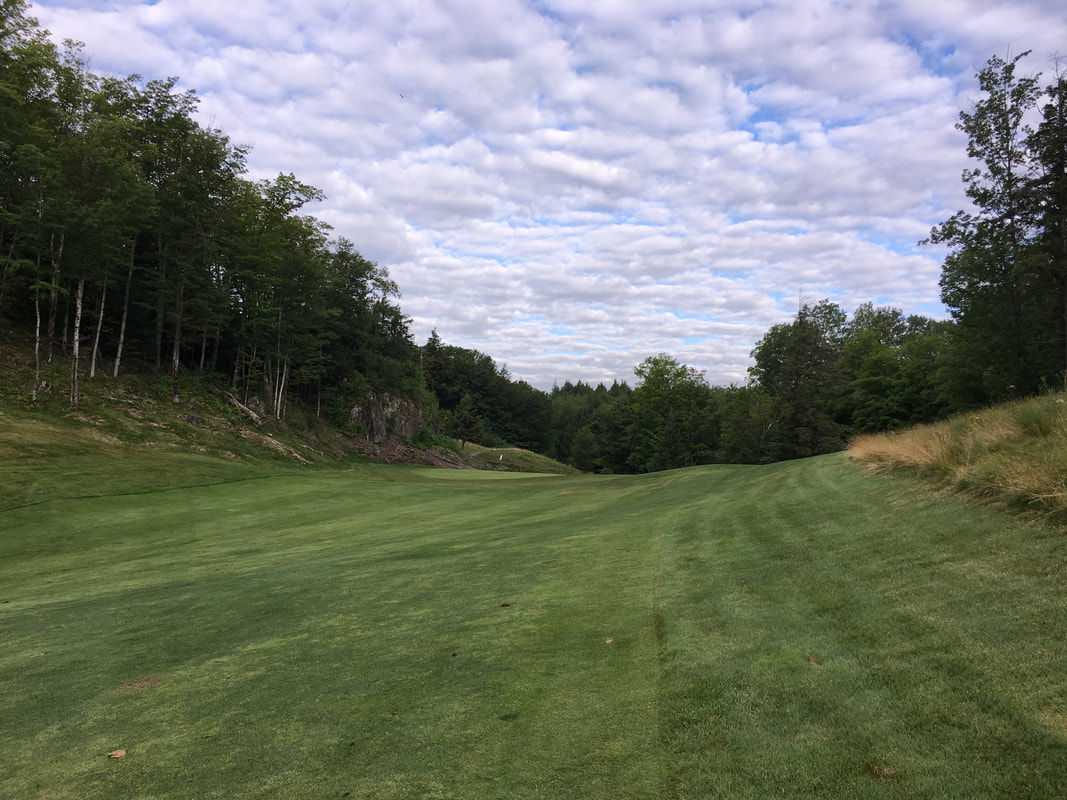
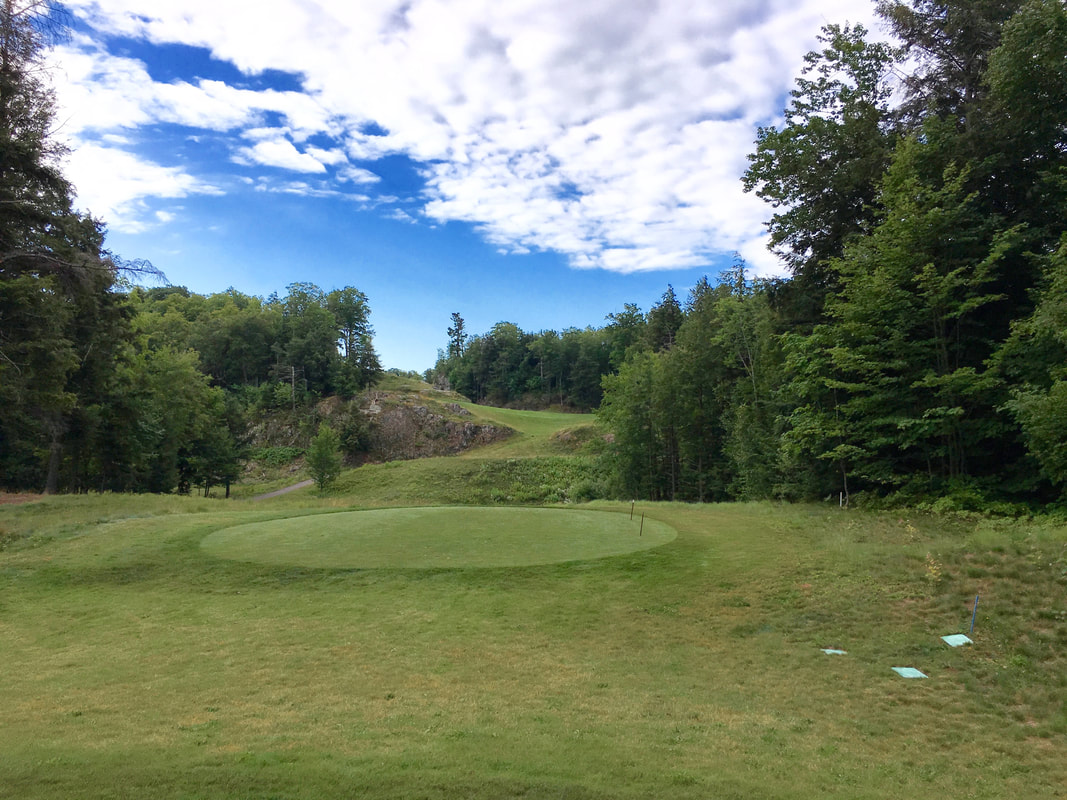
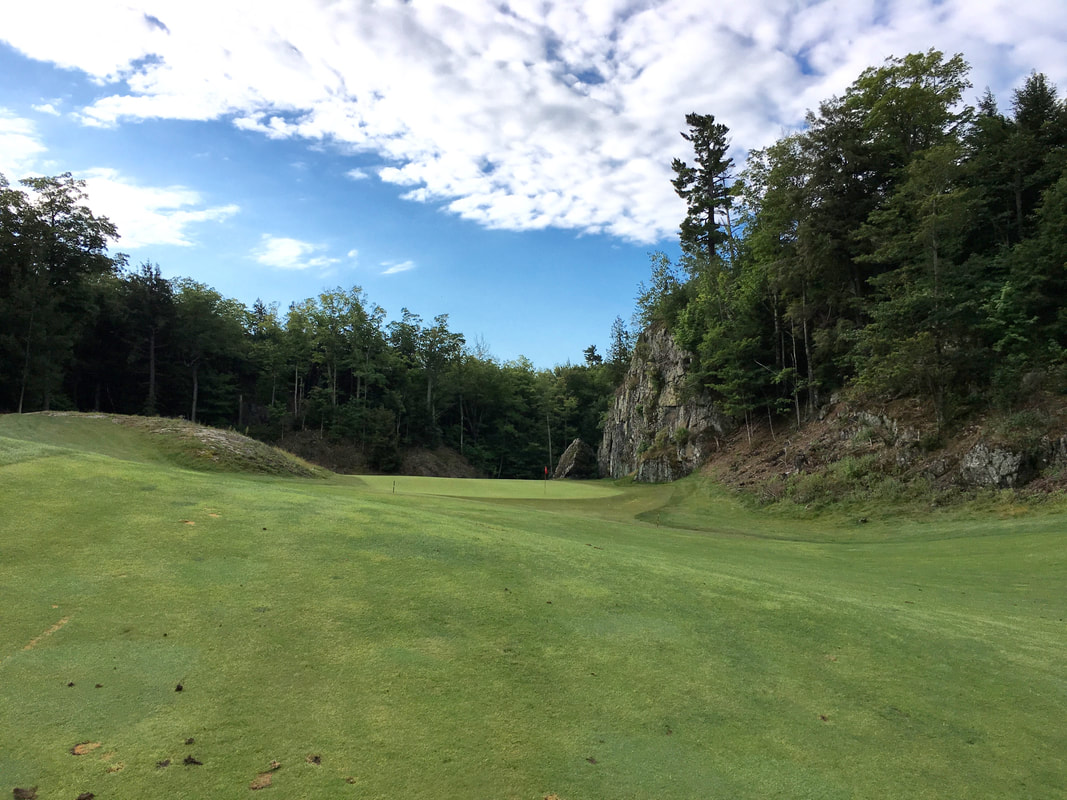
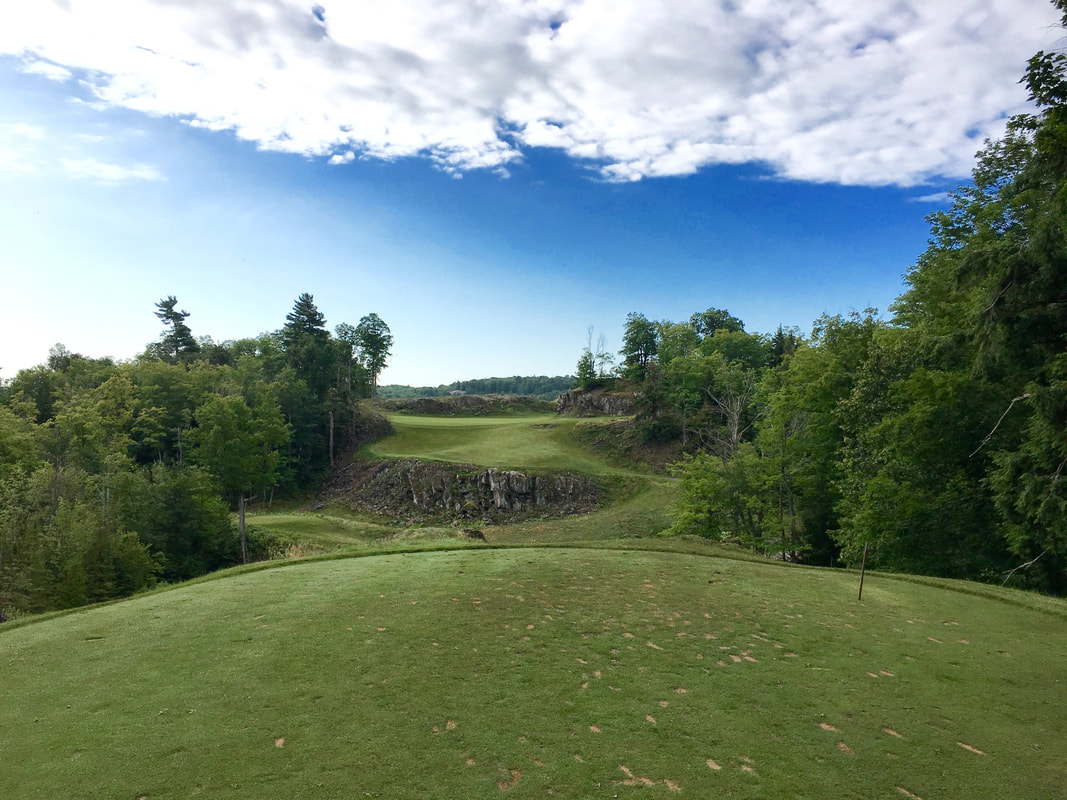
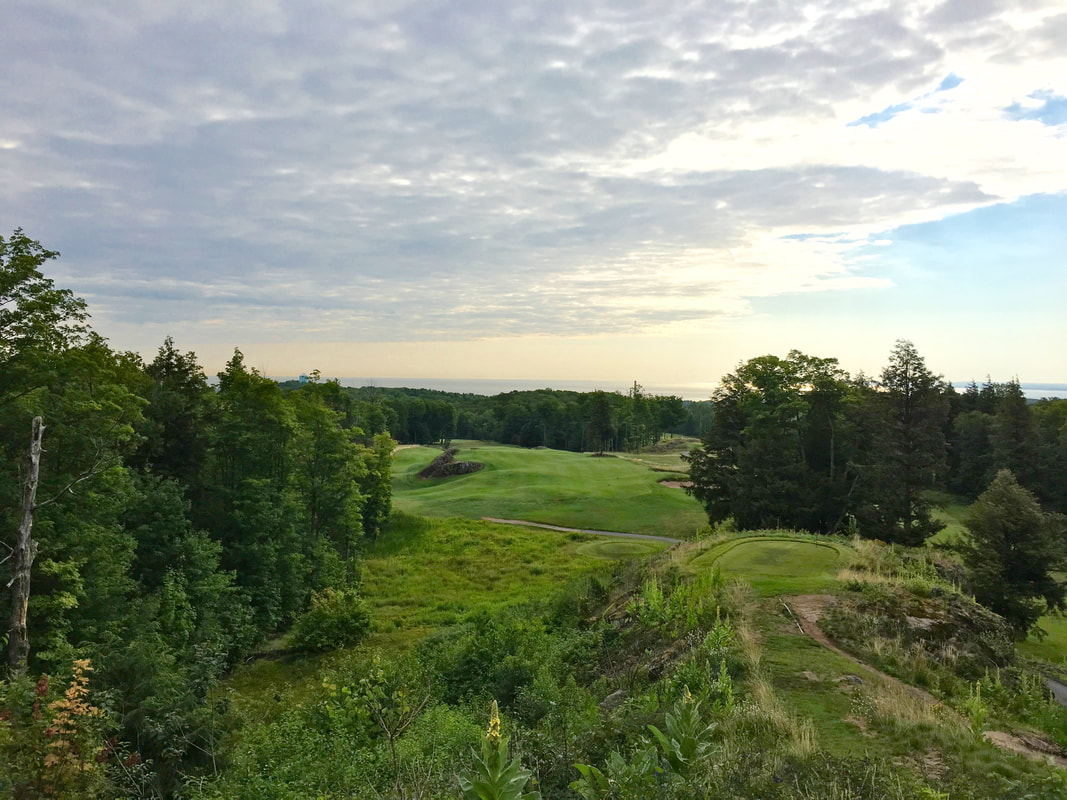
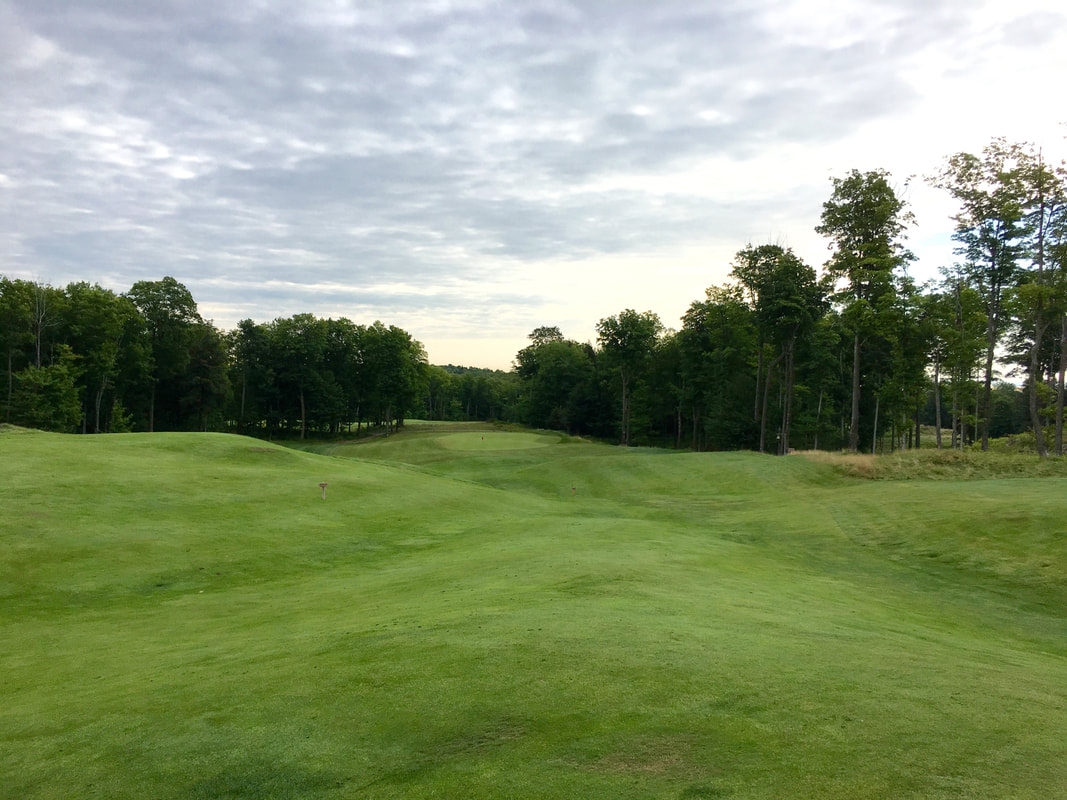
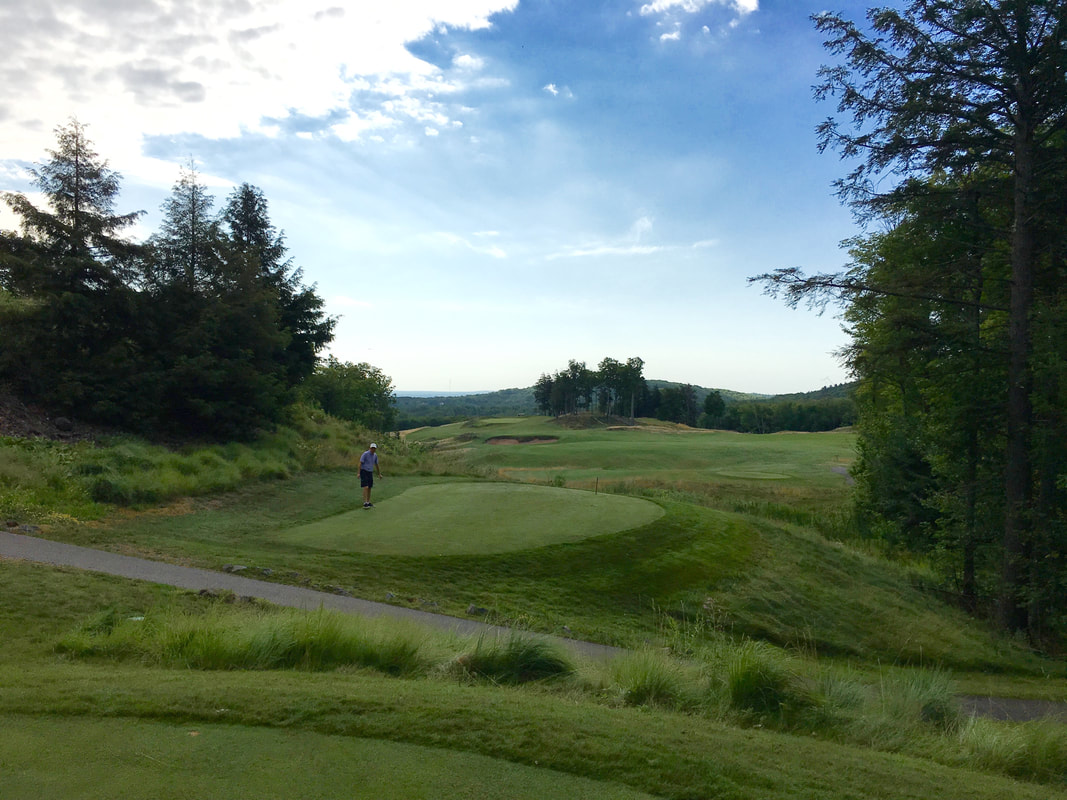
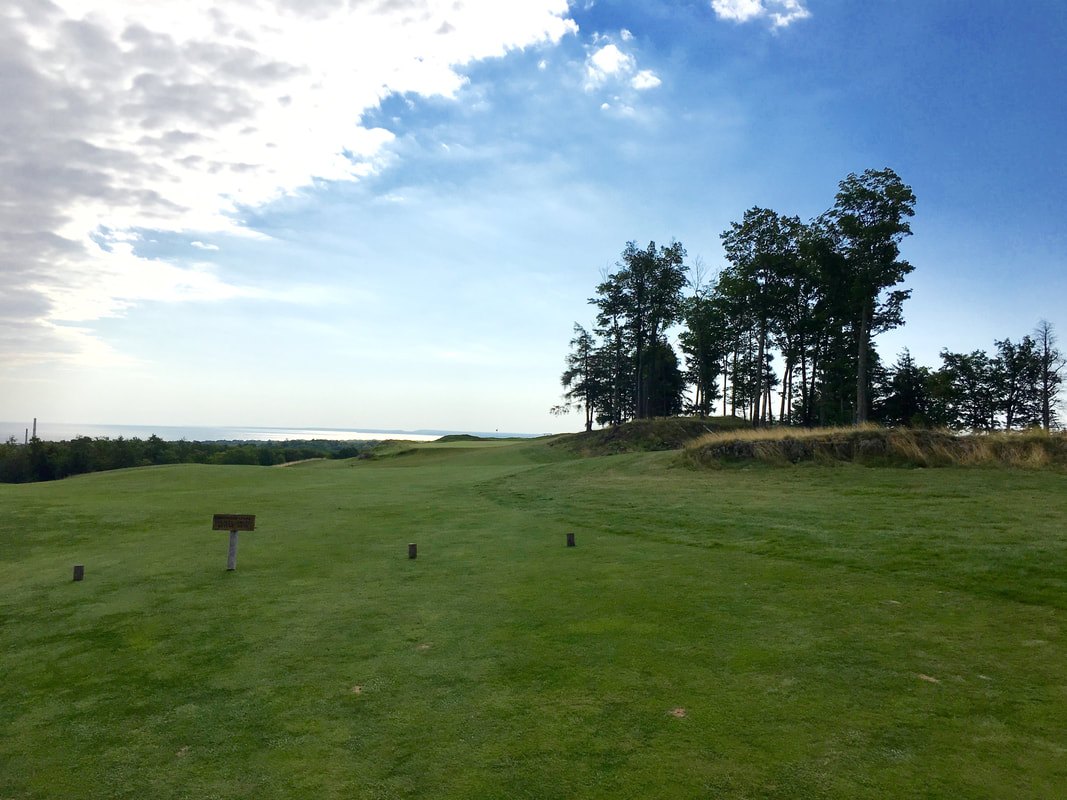
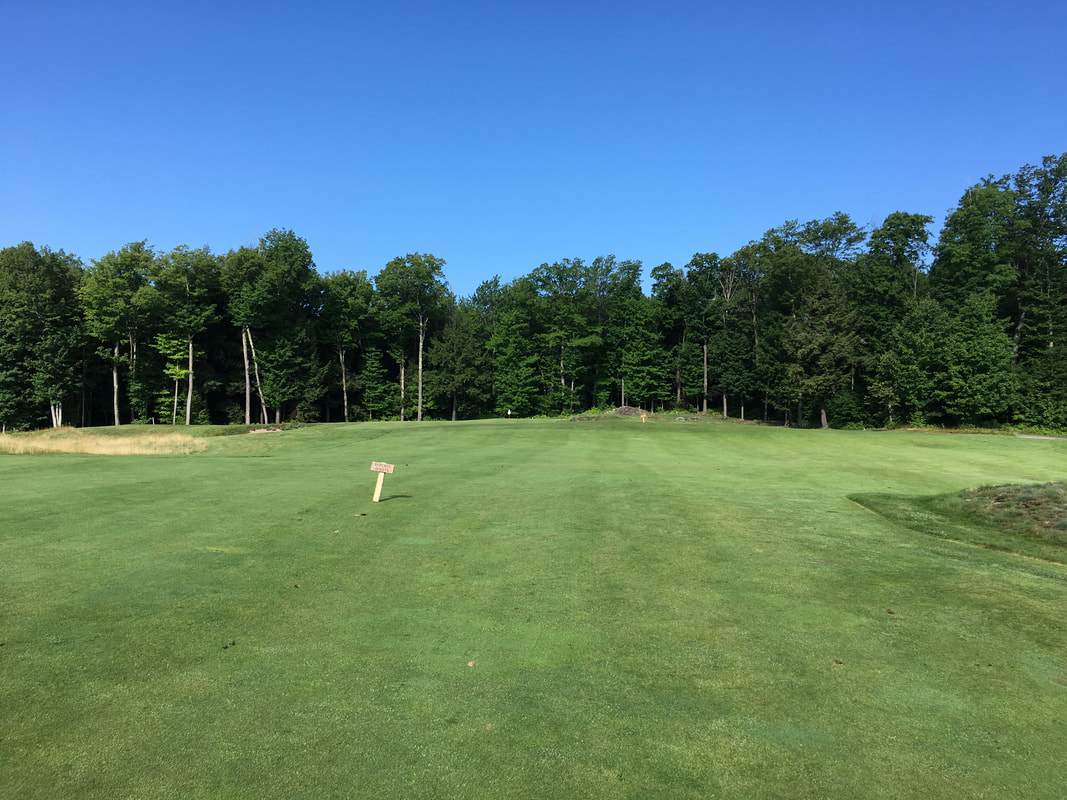
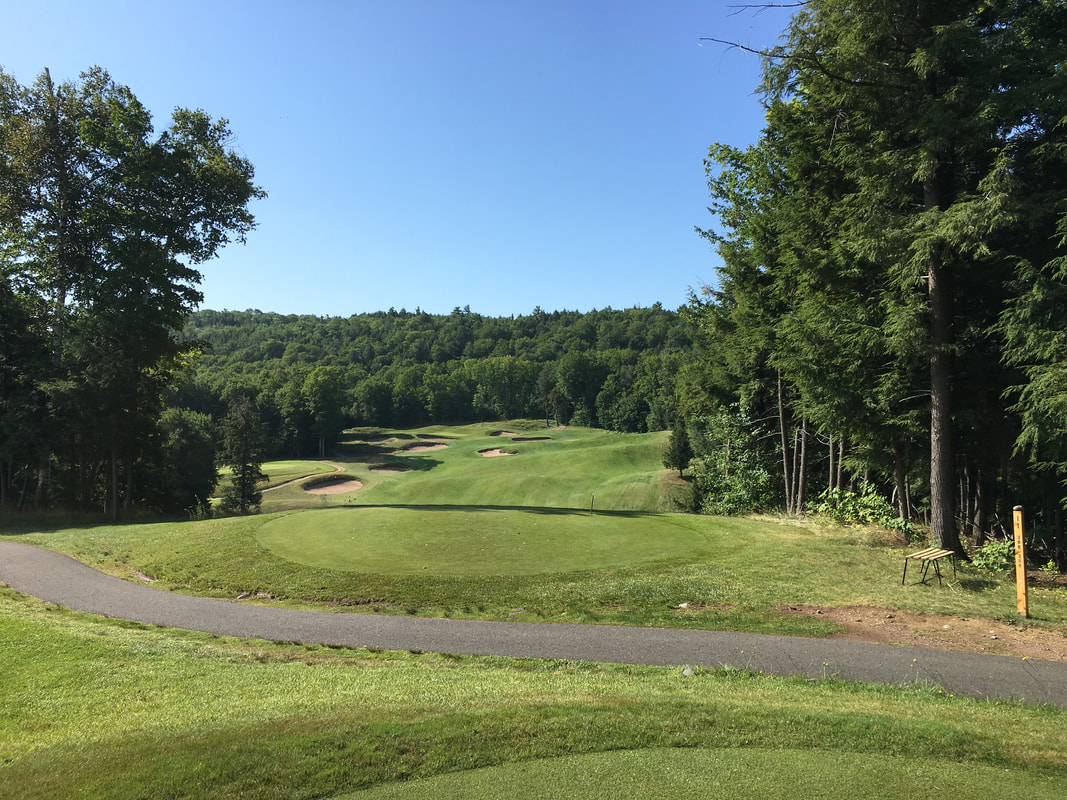
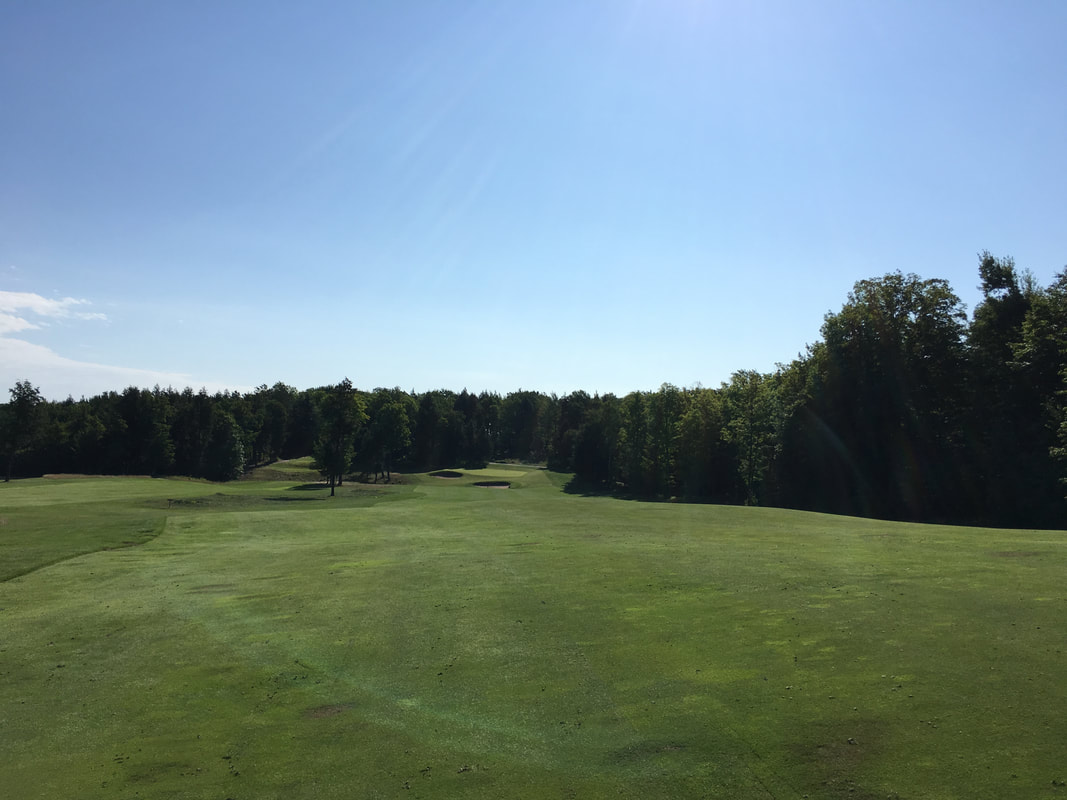
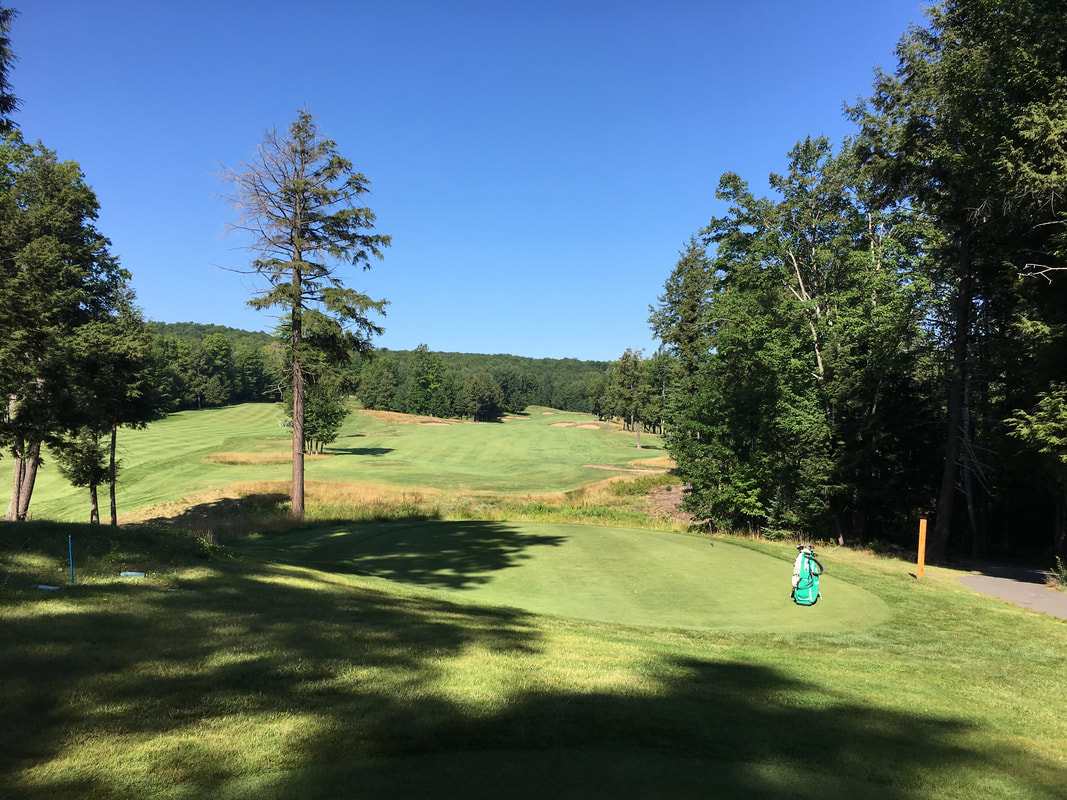
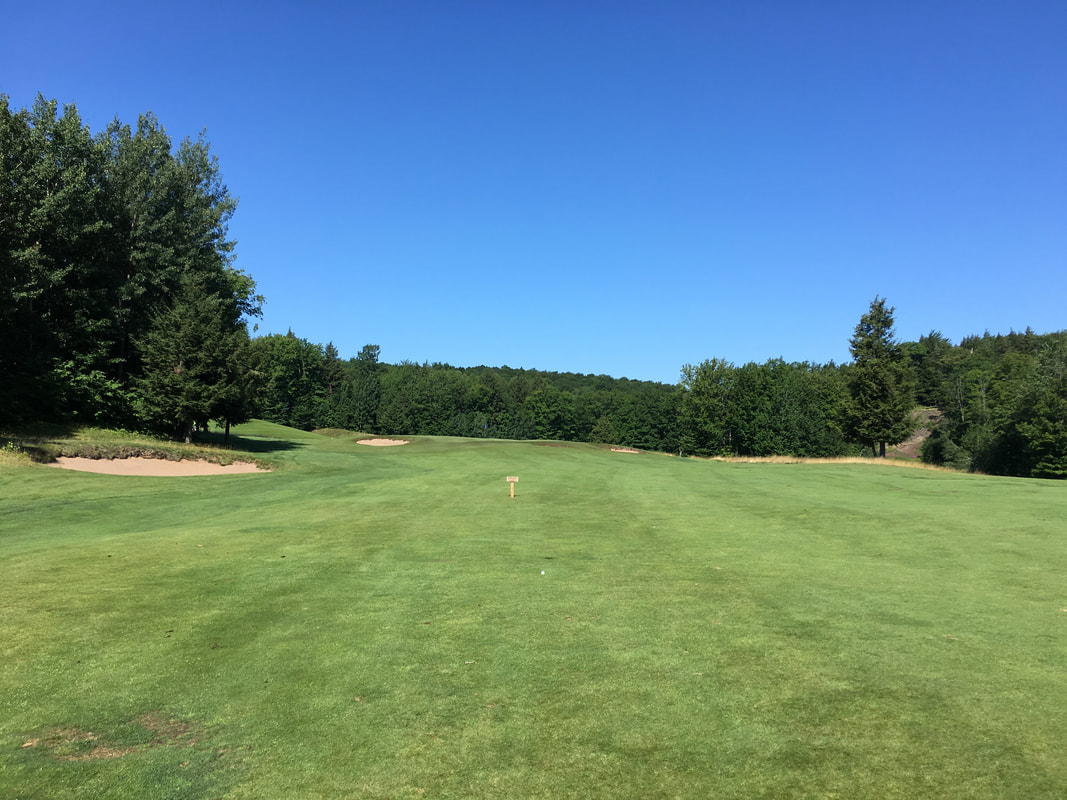
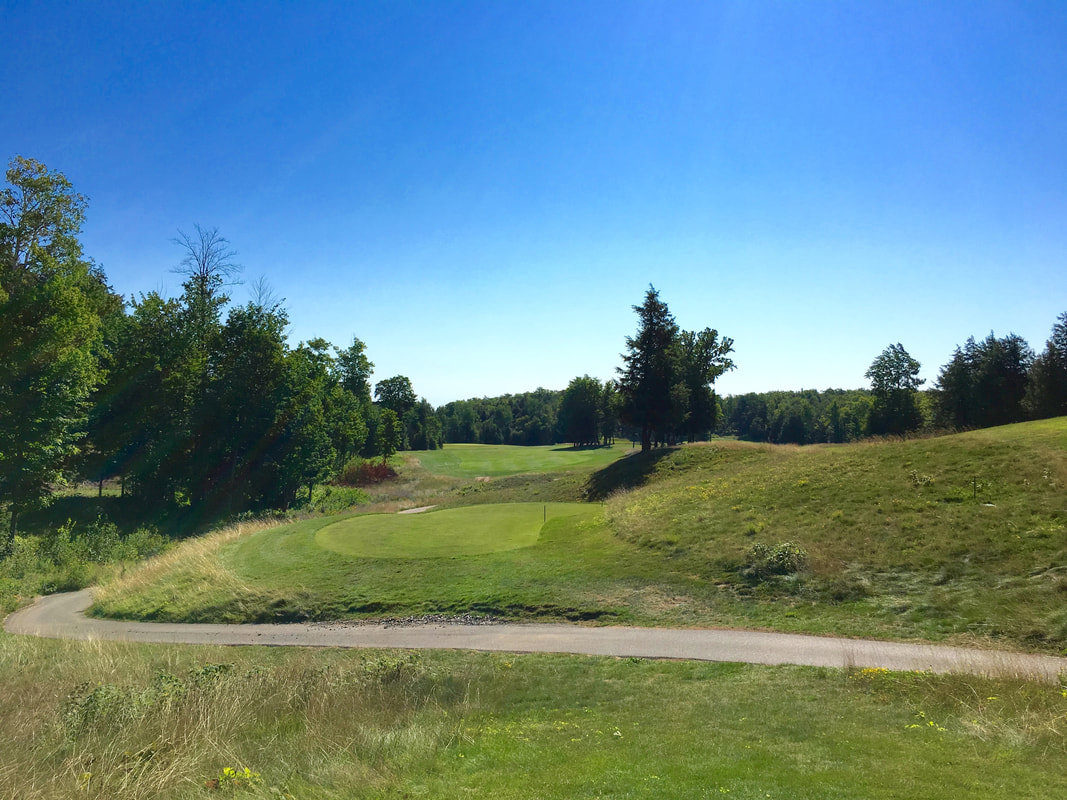
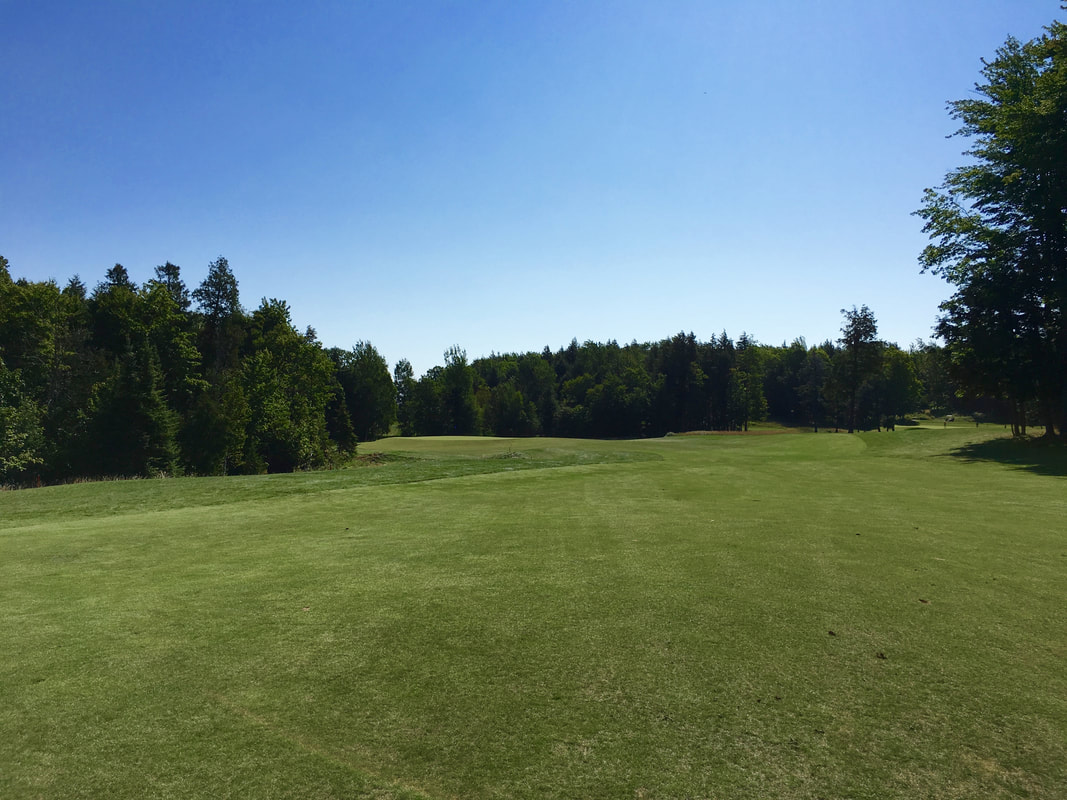
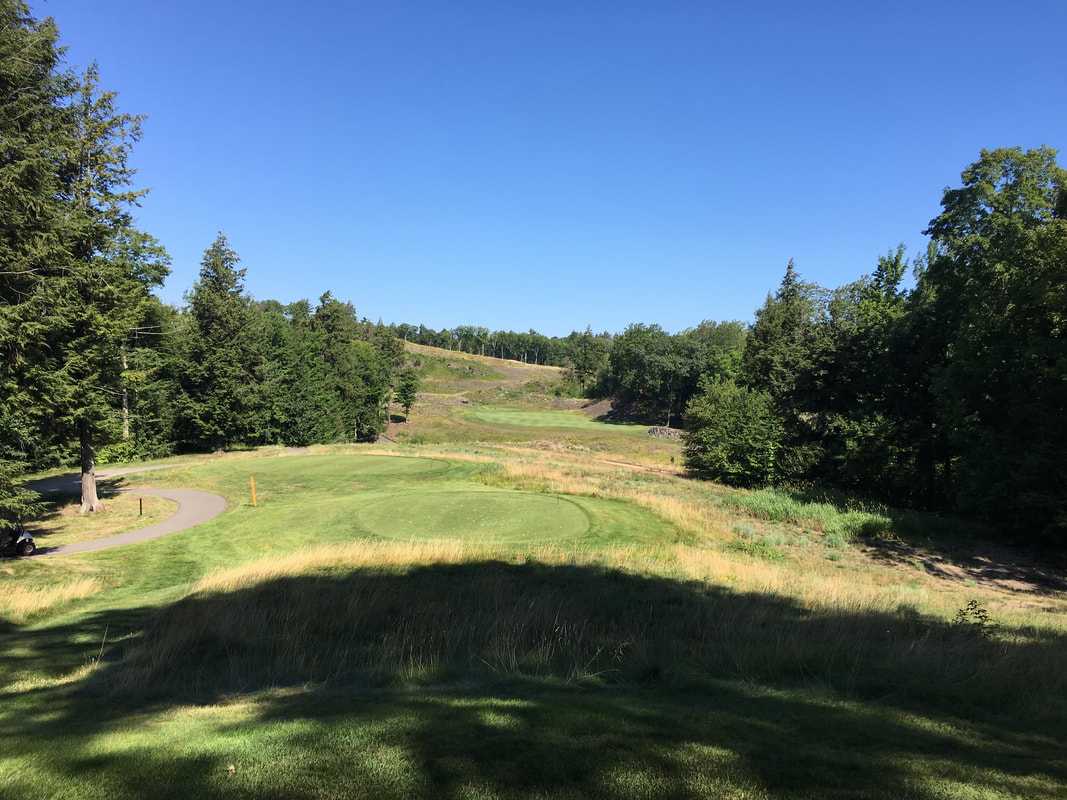
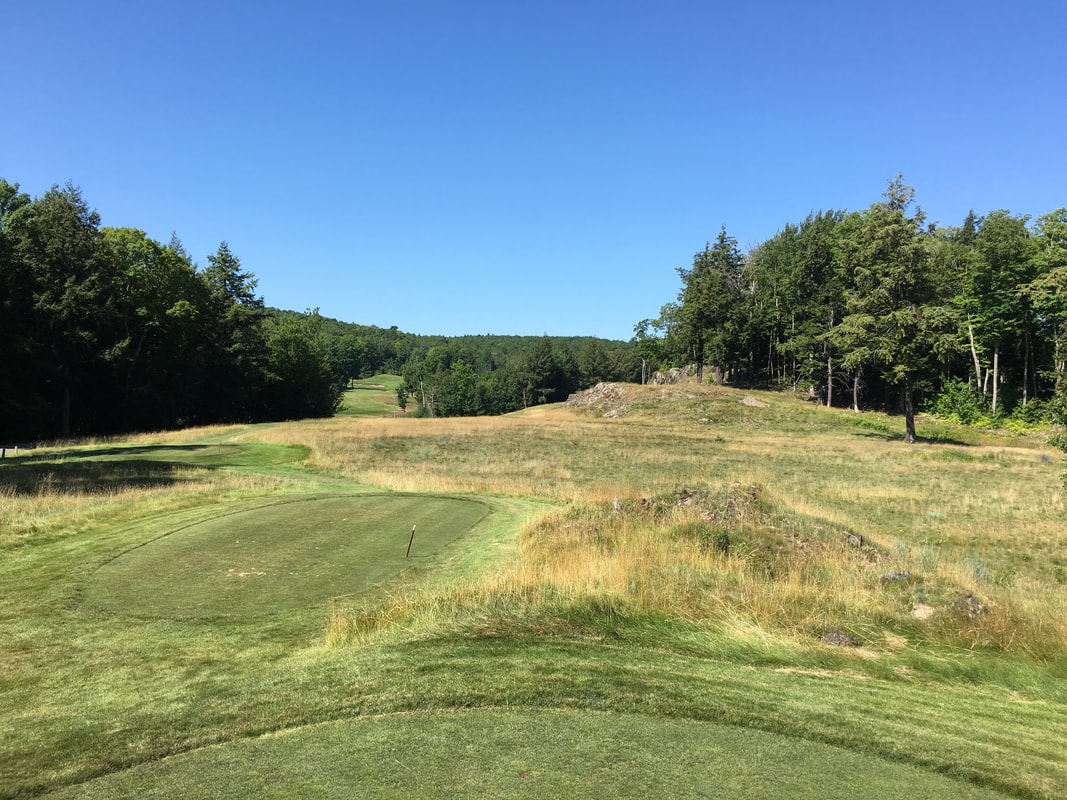
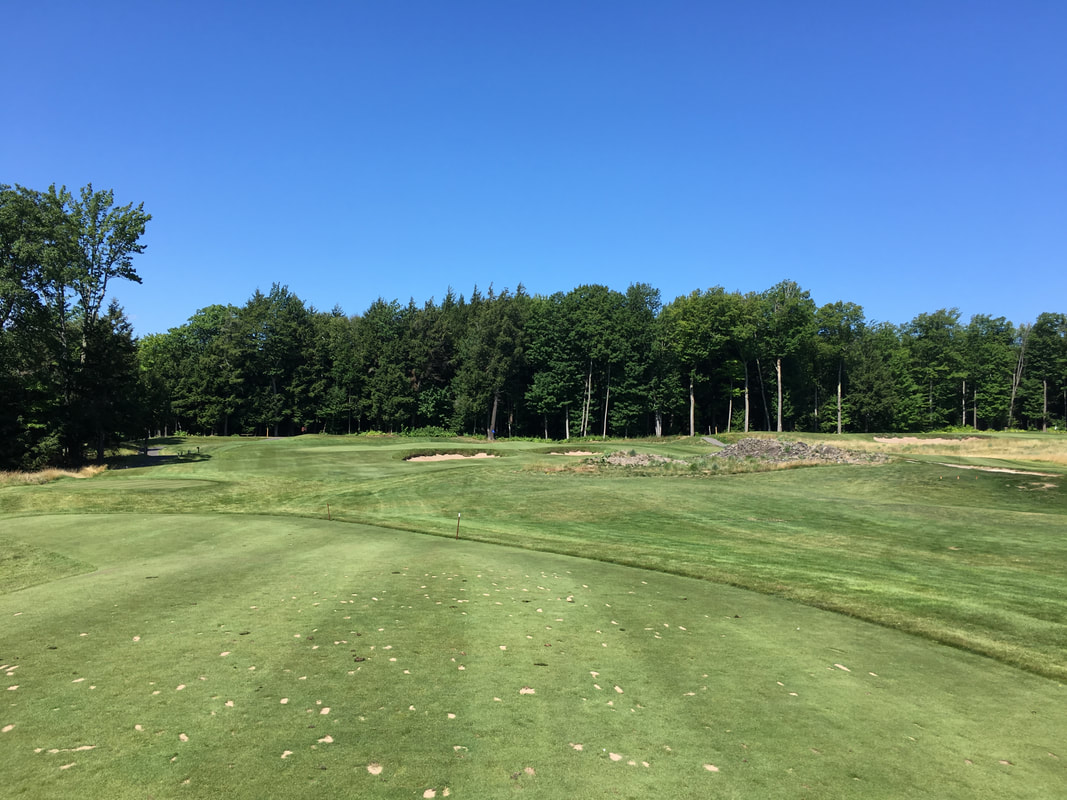
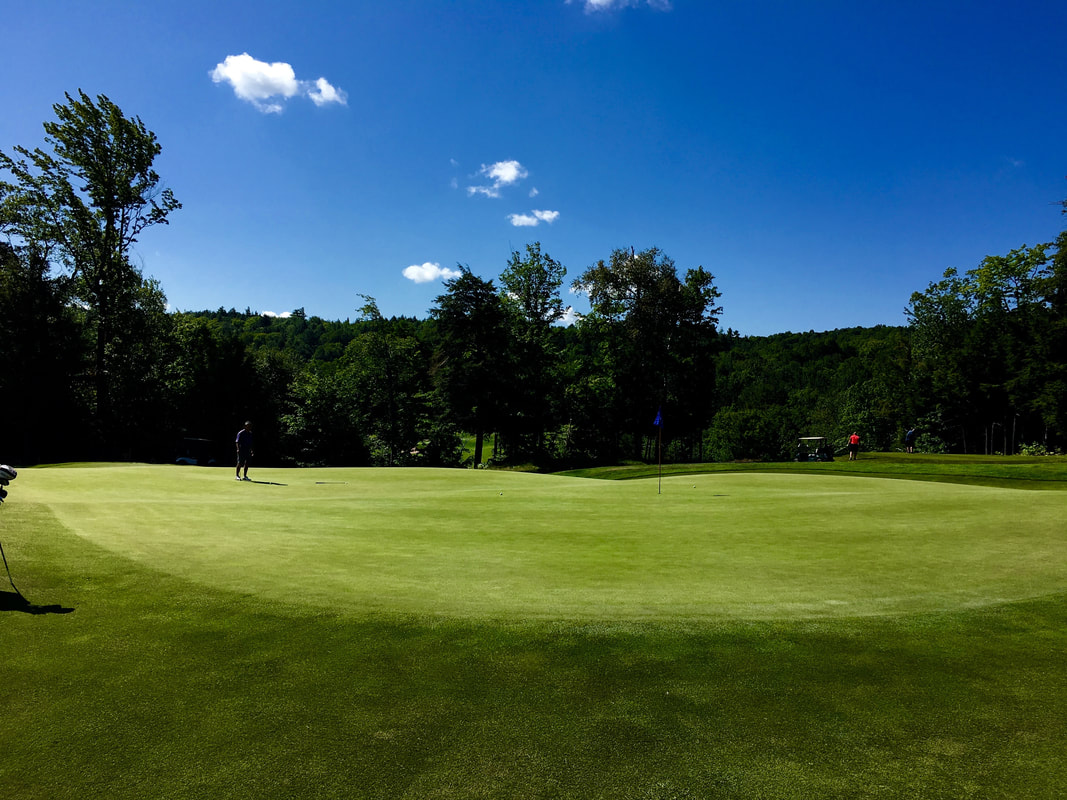
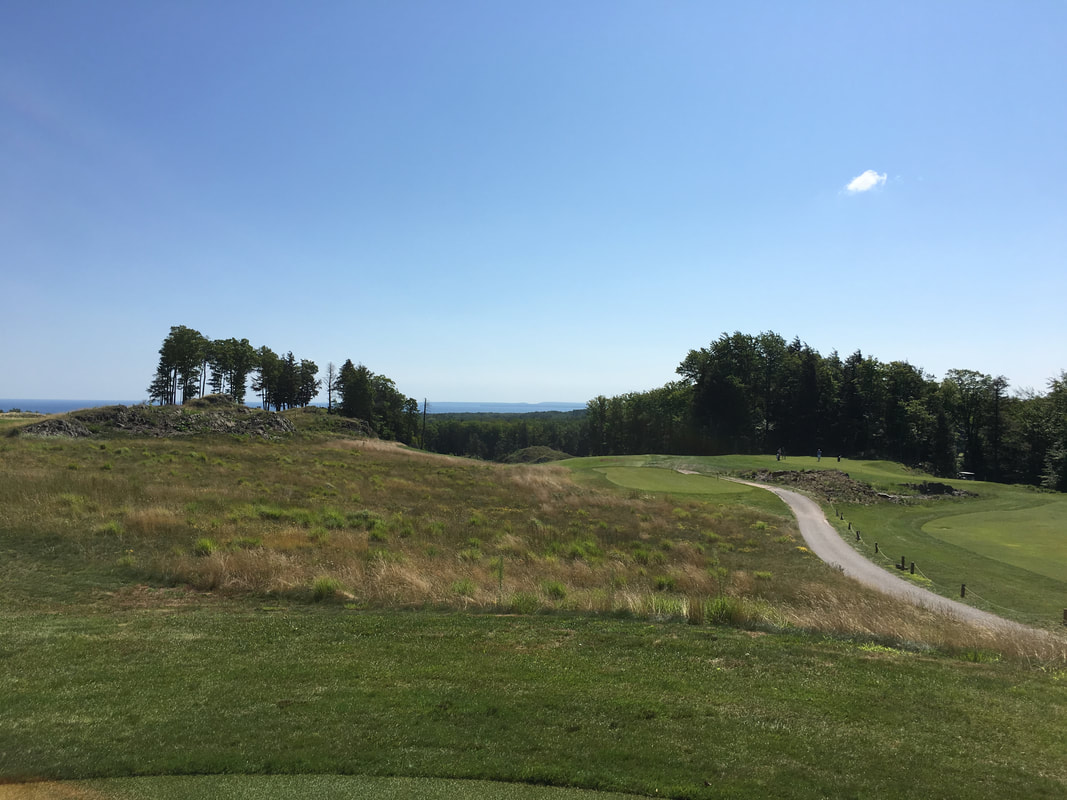
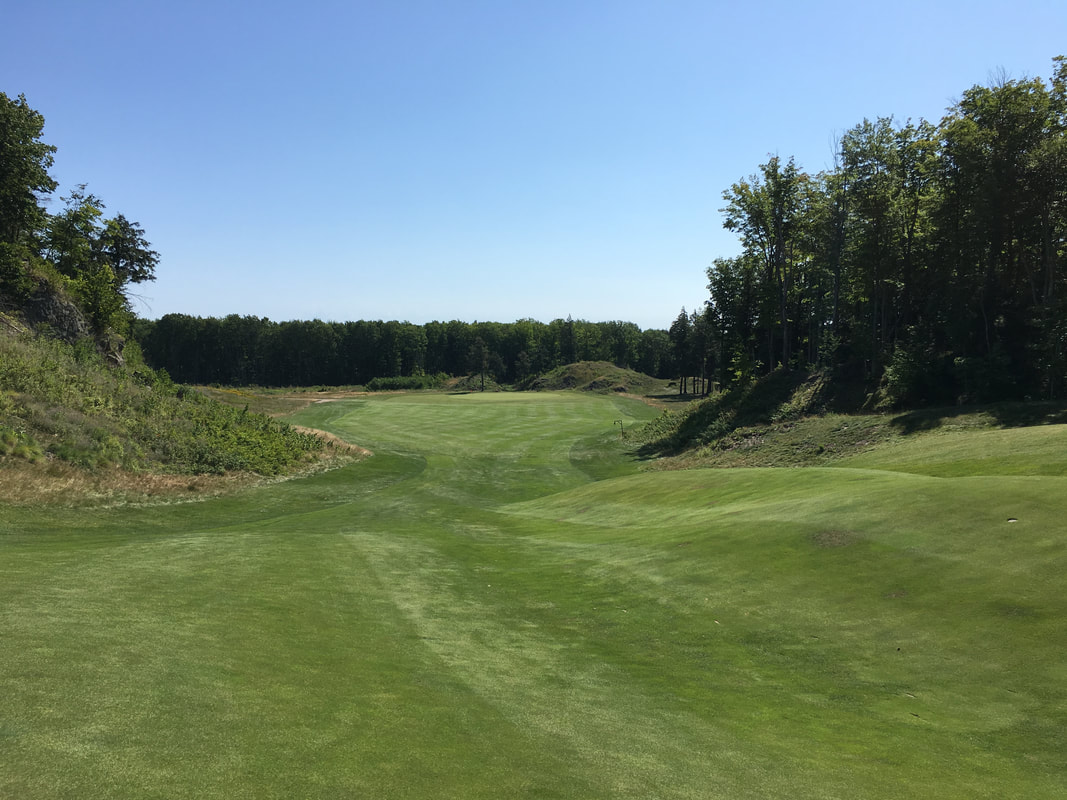
 RSS Feed
RSS Feed